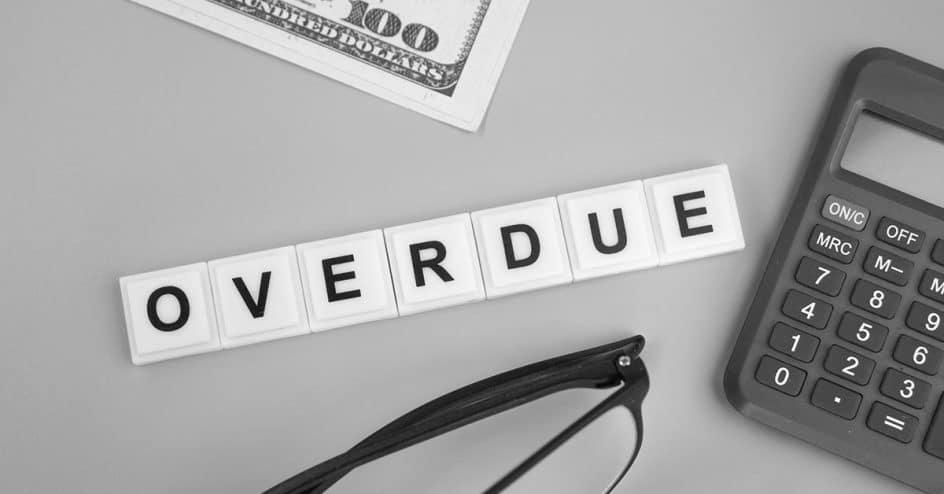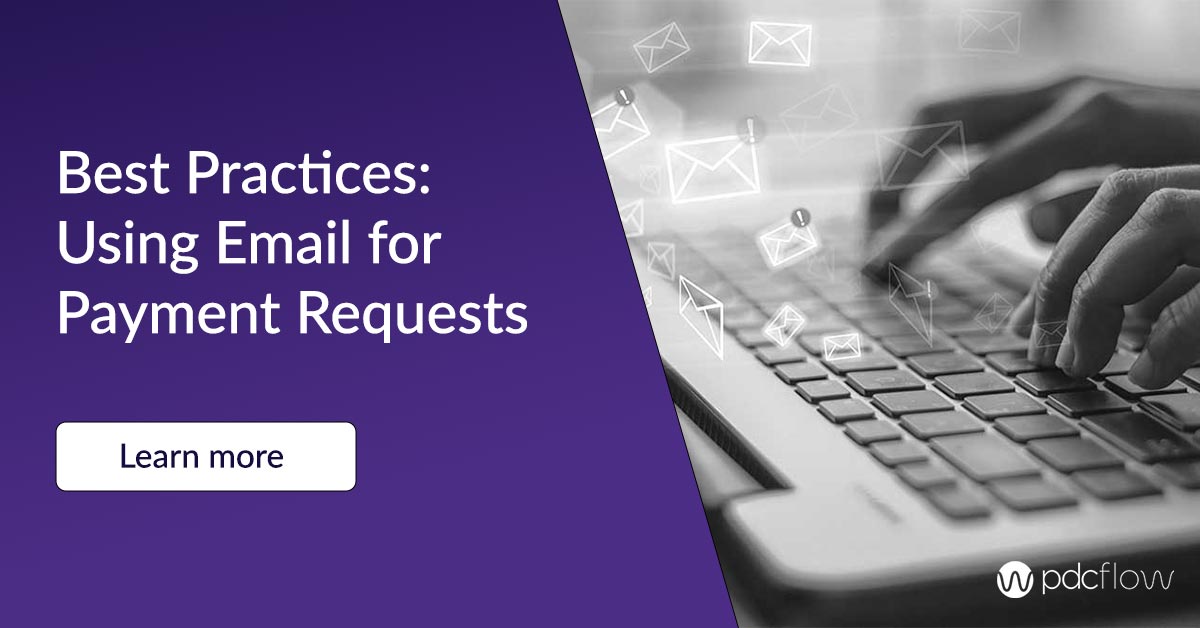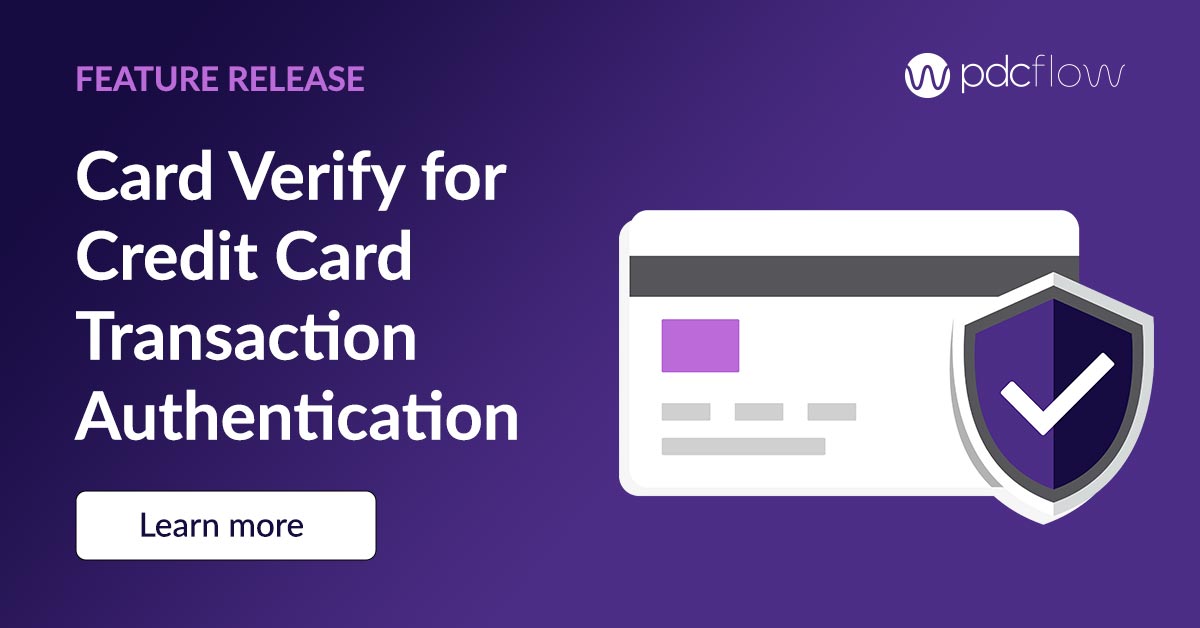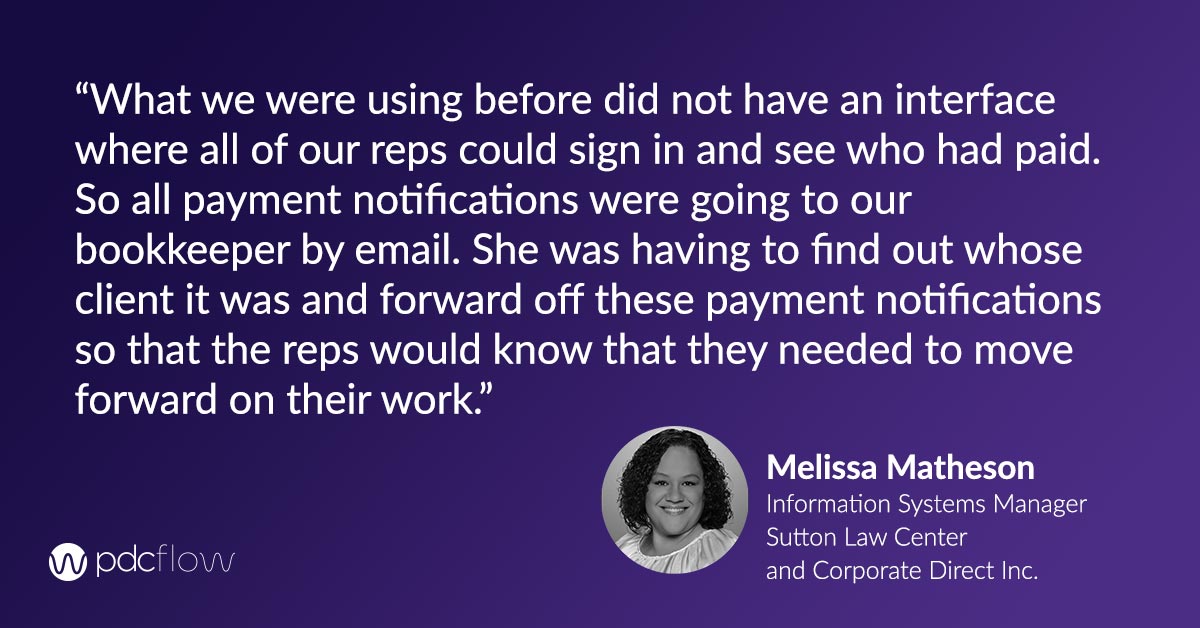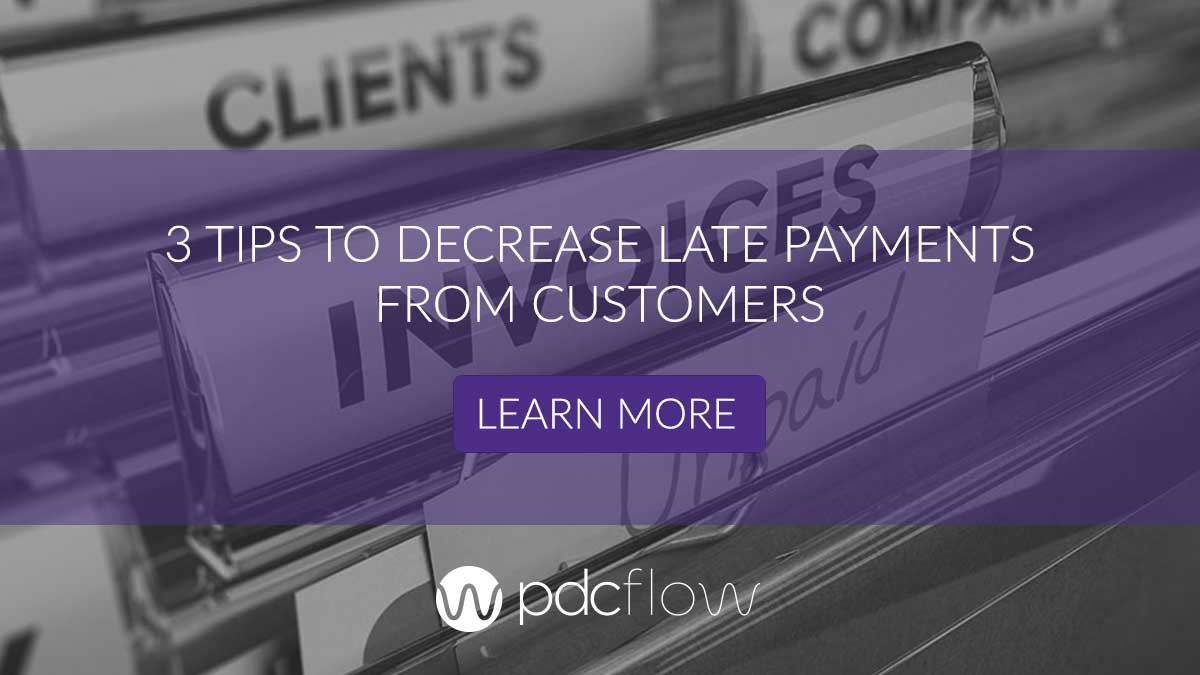How to Collect More Past Due Invoices
For organizations with a large number of past due invoices, it’s essential to clear out as many unpaid accounts as possible to create a more manageable workload.
Billing and accounts receivable departments shouldn’t be spending too much time making follow up phone calls to customers just to chase down a payment.
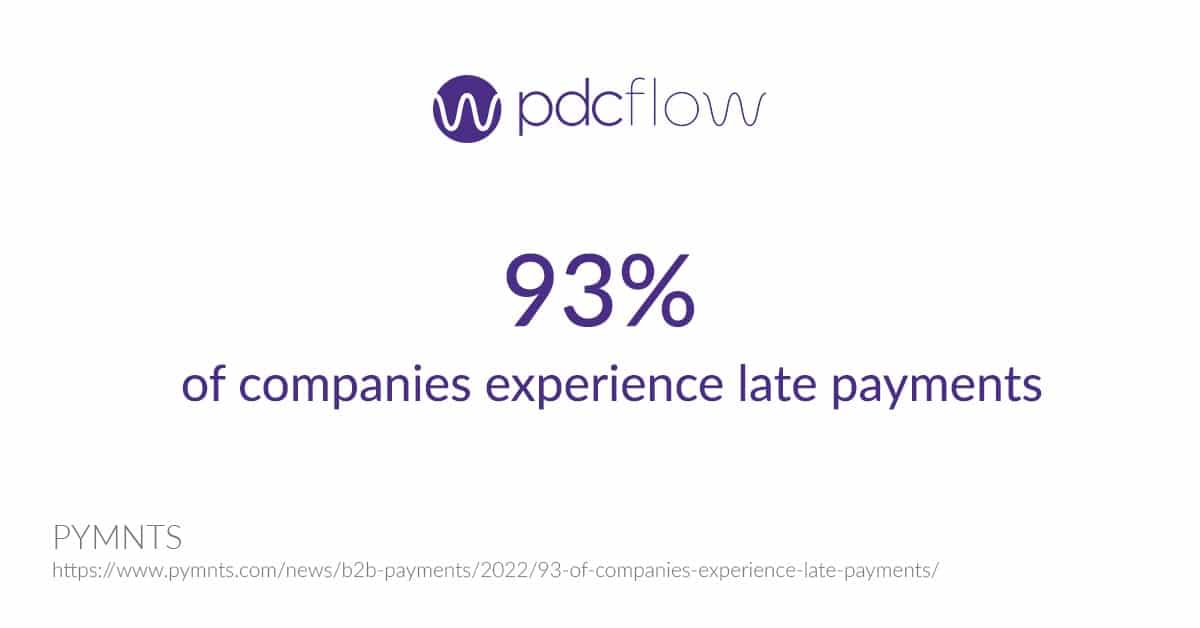
Conduct an Audit of Past Due Invoices
If your business has a large number of customers with a payment that is past due, you should create a plan for a one-time collection campaign.
This can be an extensive project involving multiple departments or a small job you assign to a single employee. What direction you choose depends on how much of your total billing is made up of overdue invoices.
What should your campaign consist of?
- Segmentation - segment the past due invoices based on how late customers are in paying – 30, 60, or 90 days, etc. Decide how to collect from each group based on how far an account is past due.
-
For example, you are more likely to need a more urgent message or more intervention for those with delinquent payments than those just a few weeks past due.
- New messaging - you may need to experiment with new messages to engage people who haven’t responded to previous communications. Experiment with subject lines, calls to action and other language that encourages payments.
- Simple ways to pay - don’t reach out to customers just to ask them to call back or mail you a paper check. Send payment requests directly to an email or mobile phone number so people can click and pay immediately.
Find Out What is Causing Nonpayment
For businesses with repeat customers, you may get to know them based on their payment history. Some are continually late, but do pay between 30 and 60 days.
If this is the case, consider reaching out to them to see what is causing them to be late payers. You may find something as simple as changing how you format invoices or where you send the bill can help you collect more payments on time.
Dee Bowden, author of Collect the Cash, discusses how she collected $8M in past due invoices.
Offer Faster Ways to Pay
It’s important to make paying a bill fast, easy and convenient for your customers. There are many ways you can simplify payments by expanding the choices you offer.
Giving customers a mix of self-serve choices and employee-assisted payment options helps your company reach a larger customer base. Some ways you can enhance the payment experience:
- Online payments
- QR code links to payment
- Sending payment requests directly to a mobile number or email address
- Training staff to check payment status during every customer interaction
How to Stop Overdue Payments From Happening
Credit policies
Your company should have both internal and external rules for how you grant credit. Outline the terms and conditions you expect customers to follow and give staff rules for how to pursue collection if someone doesn’t pay.
State your credit policy in language customers can understand. Make sure the document is somewhere accessible like your website and share it with customers at the time of a sale so they know what to expect.

Preferred communication channels
Most people don’t answer phone calls if they don’t recognize the number calling. That makes it hard to know if your messages about an unpaid bill are getting through.
Email and SMS are faster than traditional mail and more reliable than a phone call. Using email and SMS to talk to your customers:
- Increases the chances that customers will see your message.
- Offers payment convenience by including digital payment options directly from your message.
- Makes it easier to measure your success through open rates and other metrics.
Event tracking
To know when people aren’t paying, you should be tracking every step of your sales and payment workflows. Reduce past due invoices by monitoring when messages were opened and completed – or when they’ve failed.
If you are using digital payment communications, your software should offer event tracking. Set up email notifications so individuals or groups in your company can track where customers are in their payment journey.
Payment verification tools
Sometimes payments fail. Usually, this happens because account or credit card numbers are typed in wrong or a card expires before a scheduled payment can be run. Sometimes, it’s a result of fraud.
No matter the cause, you can decrease past due invoices by using payment software that verifies payment information before transactions are processed.
For example, PDCflow’s Card Verify and ACH Verify features prevent bad payment information from being submitted. This makes it easier to get alternate payment information immediately, without having to track customers down later.
Payment reminders
Late payment penalties
Charging a penalty for an unpaid invoice can encourage more people to pay on time. Most customers don’t want to spend more money than they must. Charging a late fee can be a good incentive to pay bills on time.
If you decide to charge late fees, outline your intentions in your company’s payment terms and make sure employees notify customers during the sales process.
Helping Teams Work Together to Collect Payments
Billing department teams and individuals can’t work to decrease past due invoices alone. They may need collaboration with sales, customer service and other departments to understand why a customer is late in paying their bill.
PDCflow makes it easier for departments to work together to simplify online invoicing and payment processes. Some of the features and functions we offer:
Flow Technology
PDCflow’s message delivery system, Flow Technology, lets your office send documents along with payment, esignature and photo upload requests to an email or mobile phone number.
Then, customers can review, sign, upload pictures or make a payment, all in the same workflow. All payment details are stored in our user interface, so employees can access them at any time.
This makes it easier for each staff member to keep track of their own accounts and know when they must intervene to collect a payment.
Team event tracking
Audit reports
Of course, businesses need access to completed document signatures, payment receipts and other important documentation. Enhance your invoice management processes by sending items via Flow Technology.
When customers digitally sign documents or make payments through a Flow request, teams can then access a full audit report, so everyone involved can view or resend receipts or check a completed workflow’s details.
Recurring Payment Schedule Automation
Recurring payment schedules cut down on work for small teams or individuals by letting customers pay in installments without requiring manual follow up reminders before each payment.
With PDCflow’s recurring payment schedules, staff can create schedules or customers can make one themselves through your online payment portal – complete with automatic reminders before each installment is due.
This reduces manual work and makes it simple for all team members to pull up schedule details and review the status of an account.
Organizational hierarchy
Not everyone on a team needs (or should have) access to contracts, payment details or other pieces of customer information. Some companies have different needs or workflows based on different groups, departments or office locations.
PDCflow offers Organizational Hierarchy, a set of administrative controls that let management choose which employees can access which portions of your business assets. This reduces issues caused by human error and makes work easier for staff across the entire organization.
Is your company struggling to collect on past due invoices? Do you need payment processing software that can simplify communication and make it faster for customers to pay?
For more information on PDCflow’s Flow Technology and payment suite options for easier invoicing and payment collection, request a call with a Payment Expert today.
Request a Call:
Want to know more about PDCflow Software?
Press ▶️ to watch our explainer video

